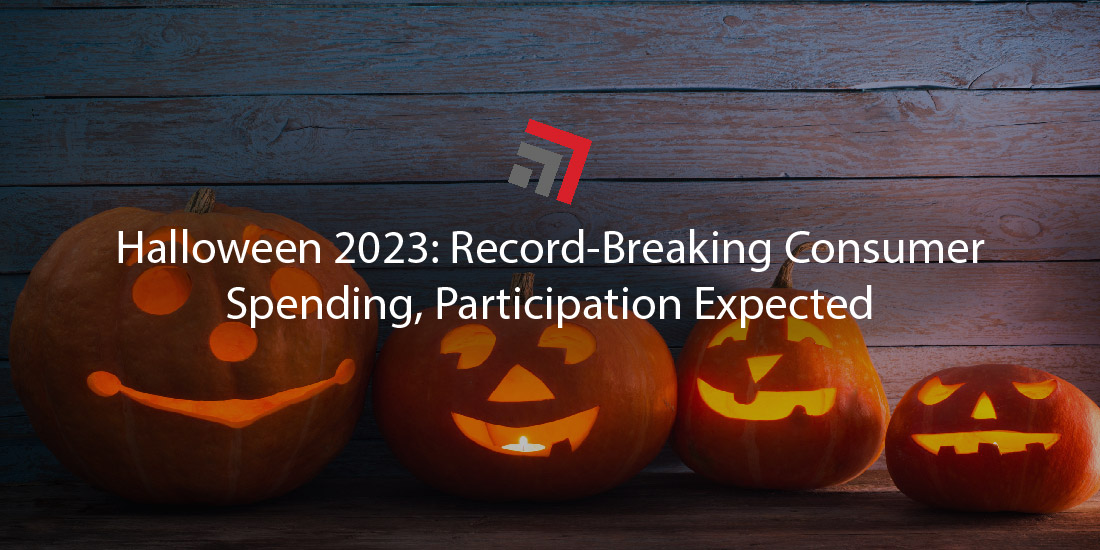Halloween is tomorrow and the spooky pastime is the country’s first checkpoint of its wild holiday season. After October 31, Thanksgiving, Black Friday (c’mon it’s basically a holiday), Christmas, other winter holidays, and New Years all follow up within a short span of two months.
Every year, this celebratory backstretch acts as a commercial backbone for U.S. retailers. Whether it’s costumes, food, decorations, or gifts, various sectors of retail look to capitalize off America’s holiday cheer.
With today being Halloween eve, let’s take a look at what forecasters are anticipating for this year’s October 31 holiday.
Total spending set to surpass 2022 record
Following lousy performances during the pandemic, Halloween spending in 2022 flipped the script and set a record of $10.6 billion. Last year’s success signaled a well-received recovery as more Americans were comfortable again celebrating usual traditions, like trick-or-treating around the neighborhood or attending other people’s holiday parties.
This year, Halloween spending is not expected to step on the brakes, either. Data guru National Retail Federation (NRF) forecasts total Halloween spending may reach a record $12.2 billion, which would far exceed last year’s dominant showing.
The NRF also reports a record 73 percent of American consumers will participate in Halloween-related activities this year, up from 69 percent in 2022. The NRF bases these assessments off its annual surveys conducted by Proper Insights & Analytics.
The trade association broke down what ways Americans are planning on celebrating tomorrow’s holiday. 68 percent of respondents are handing out candy to trick-or-treaters, 53 percent have decorated their home or yard, while 50 percent will be dressing in costume.
Additionally, the NRF found that 32 percent of people are planning on hosting or attending a party and 28 percent will take their children trick-or-treating. The resurgence of participation with these events reinforces a return to pre-pandemic norms.
The biggest contributor to decreased Halloween spending during the pandemic was a lack of participation in activities involving social interaction. In 2020 and 2021, there were dire health and safety concerns regarding COVID-19. Social distancing was a widely accepted and recommended practice for households.
With far and few participating in trick-or-treating or parties, staple Halloween merchandise, like costumes and candy, took on some decreases.
However, as record spending and improved participation last year suggests, these concerns have alleviated greatly throughout the latter part of 2021 and through 2022.
Costume popularity
While concocting spending forecasts from conducting surveys is a valuable insight, the trade association also provides a cherry-on-the-top tidbit every year in its report—costume popularity.
For children, leading the way is Spiderman—about 2.6 million kids plan to dress as the Marvel superhero.
While some 5.8 million adults plan to dress like a witch. However, an outstanding 1.8 million are planning to dress as Barbie, an iconic fixture of this year’s pop culture.
Last, but certainly not least, are pets. Popular costumes for these companions include a pumpkin, a hot dog, a bat, and a bumblebee.
Final Thoughts
Our experts at Commerce Express Inc. wish everyone a safe and spooky Halloween!
Please contact us if you have any questions regarding this topic or any others in domestic logistics. In addition, stay up to date with weekly headlines from both trucking and rail via our Road Map newsletter.
More blogs similar to this:



Recent Comments